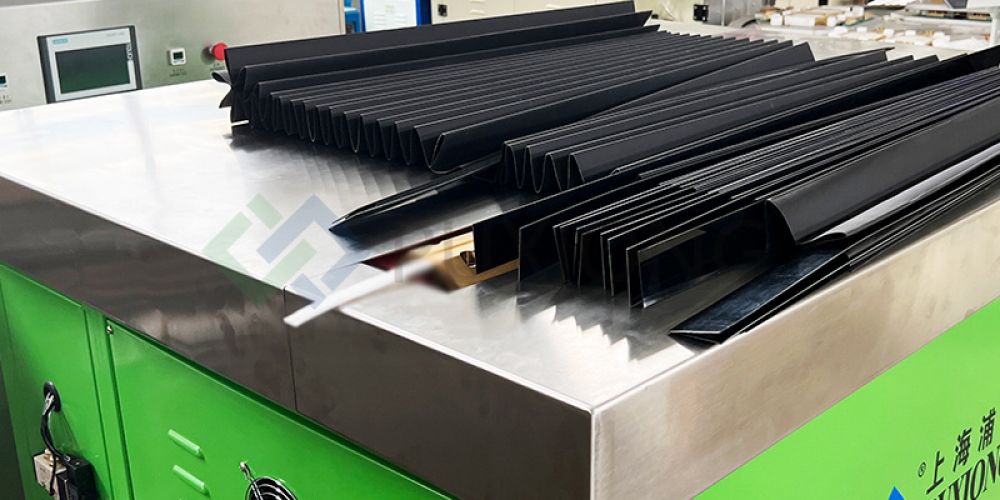
I. Broad Application Fields
As critical equipment for industrial safety, machine tool protective covers have been widely adopted across multiple sectors. They not only safeguard internal components such as hard guides, linear guides, ball screws, and transmission racks from corrosion and damage but are also extensively utilized in industries including aerospace, automotive manufacturing, machinery production, medical devices, electronics, telecommunications, and instrumentation. These fields demand exceptionally high machining precision and safety standards, where protective covers effectively enhance production efficiency and product quality.
II. Continuous Technological Advancements
With ongoing technological progress, the technical capabilities of machine tool protective covers have significantly improved. Notable advancements have been achieved in material selection, manufacturing processes, and the integration of intelligent functionalities. For instance, advanced covers now employ specialized materials that are corrosion-resistant, high-temperature tolerant, and impact-resistant, ensuring product stability and durability. Additionally, smart features like embedded sensors and automated control systems enable real-time monitoring of cover status and operational conditions, improving safety and operational convenience.
III. Growing Market Demand
The expansion of manufacturing industries has driven increasing demand for machine tool protective covers. Ensuring worker safety has become a key corporate responsibility, and as a vital safety component, protective covers have seen rising market needs. This trend is particularly pronounced in sectors with stringent precision and safety requirements, such as automotive and aerospace manufacturing.
IV. Intensifying Market Competition
As the machine tool protective cover market expands, competition has grown increasingly fierce. Leading enterprises with strong technical expertise and large-scale operations have secured dominant market positions through high-quality products and services. This competitive landscape has incentivized other manufacturers to invest heavily in R&D, aiming to enhance product quality and technological innovation to stand out in the market.